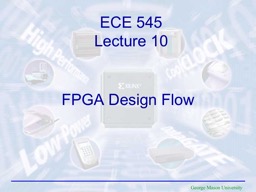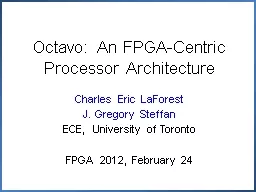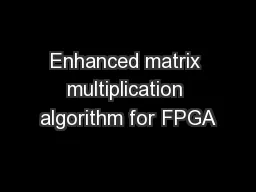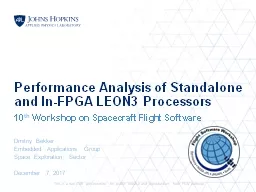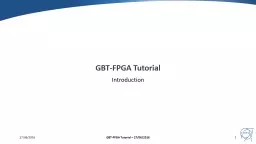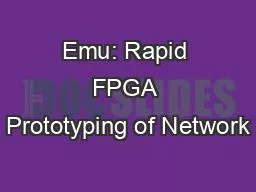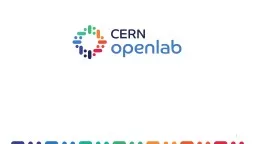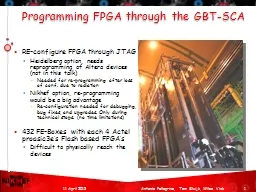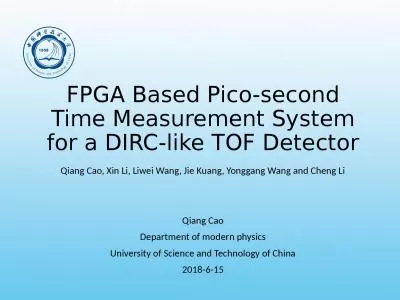PPT-FPGA Design Flow ECE
Author : delcy | Published Date : 2023-09-18
545 Lecture 10 FPGA Design process 1 Design and implement a simple unit permitting to speed up encryption with RC5similar cipher with fixed key set on 8031 microcontroller
Presentation Embed Code
Download Presentation
Download Presentation The PPT/PDF document "FPGA Design Flow ECE" is the property of its rightful owner. Permission is granted to download and print the materials on this website for personal, non-commercial use only, and to display it on your personal computer provided you do not modify the materials and that you retain all copyright notices contained in the materials. By downloading content from our website, you accept the terms of this agreement.
FPGA Design Flow ECE: Transcript
Download Rules Of Document
"FPGA Design Flow ECE"The content belongs to its owner. You may download and print it for personal use, without modification, and keep all copyright notices. By downloading, you agree to these terms.
Related Documents

